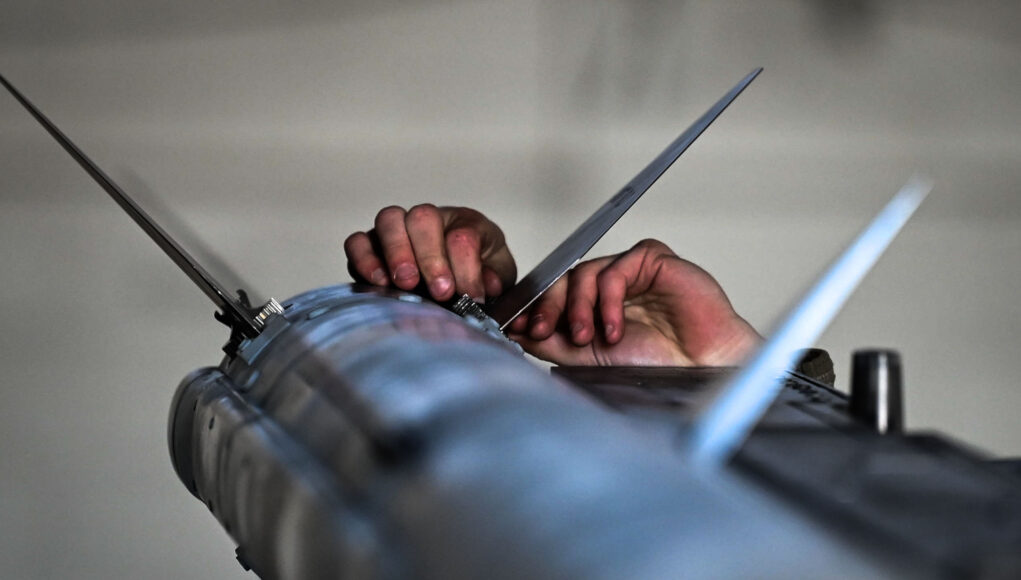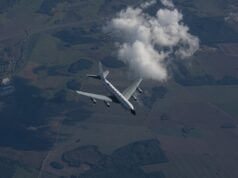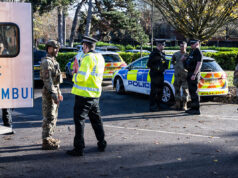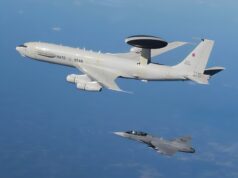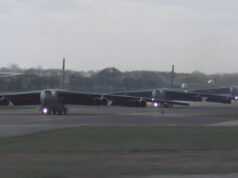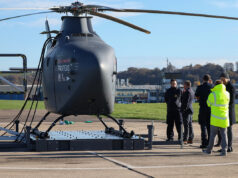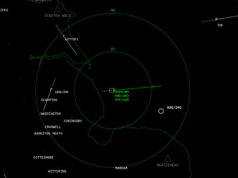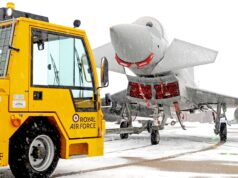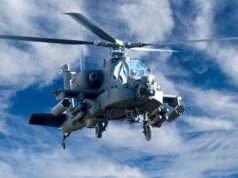The US Air Force has begun one of its largest recurring air-to-air combat exercises, Checkered Flag 26-1, at Tyndall Air Force Base in Florida.
The exercise, running from 21 October to 6 November, aims to strengthen US and allied air dominance through large-scale integration of fourth and fifth generation aircraft, the service stated.
Led by the 325th Fighter Wing, Checkered Flag brings together more than 50 aircraft and around 500 personnel from seven units to simulate real-world combat operations. Aircraft involved include F-16C Fighting Falcons, F-22 Raptors, F-35A and F-35C Lightning IIs, and the E-7 Wedgetail early warning platform. The Royal Australian Air Force and the US Marine Corps are also taking part, underscoring the growing emphasis on joint and allied readiness.
The Air Force said the biannual event is designed to enhance mobility, deployment and combat employment capabilities for aviators and ground crews. It directly supports Air Combat Command’s Immediate Response Force, a formation tasked with deploying rapidly to global crises. Officials added that the exercise matches with the Air Force Chief of Staff’s priority of developing mission-ready airmen with diverse operational skills suited to contested environments.
Running alongside Checkered Flag is the Weapons System Evaluation Programme (WSEP) 26.01, which tests air-to-air and air-to-ground live-fire capabilities. The WSEP allows aircrew to engage manoeuvring targets with live munitions while maintainers conduct real ordnance loading. Hosted by the 53rd Wing and run by the 83rd Fighter Weapons Squadron, the programme evaluates a unit’s combat effectiveness and missile reliability under operational conditions.
By combining Checkered Flag and WSEP, the U.S. Air Force said it is able to conserve resources while providing a more comprehensive and realistic training environment. The integrated approach, they added, enables personnel to refine tactics, communication and interoperability across multiple mission sets, including strike, air superiority and electronic warfare.
According to the service, this iteration of Checkered Flag demonstrates the US military’s focus on readiness, modernisation and partnership. The exercise contributes to the development of a global response force capable of projecting power across the Indo-Pacific and Europe, while reinforcing ties with allies such as Australia.


